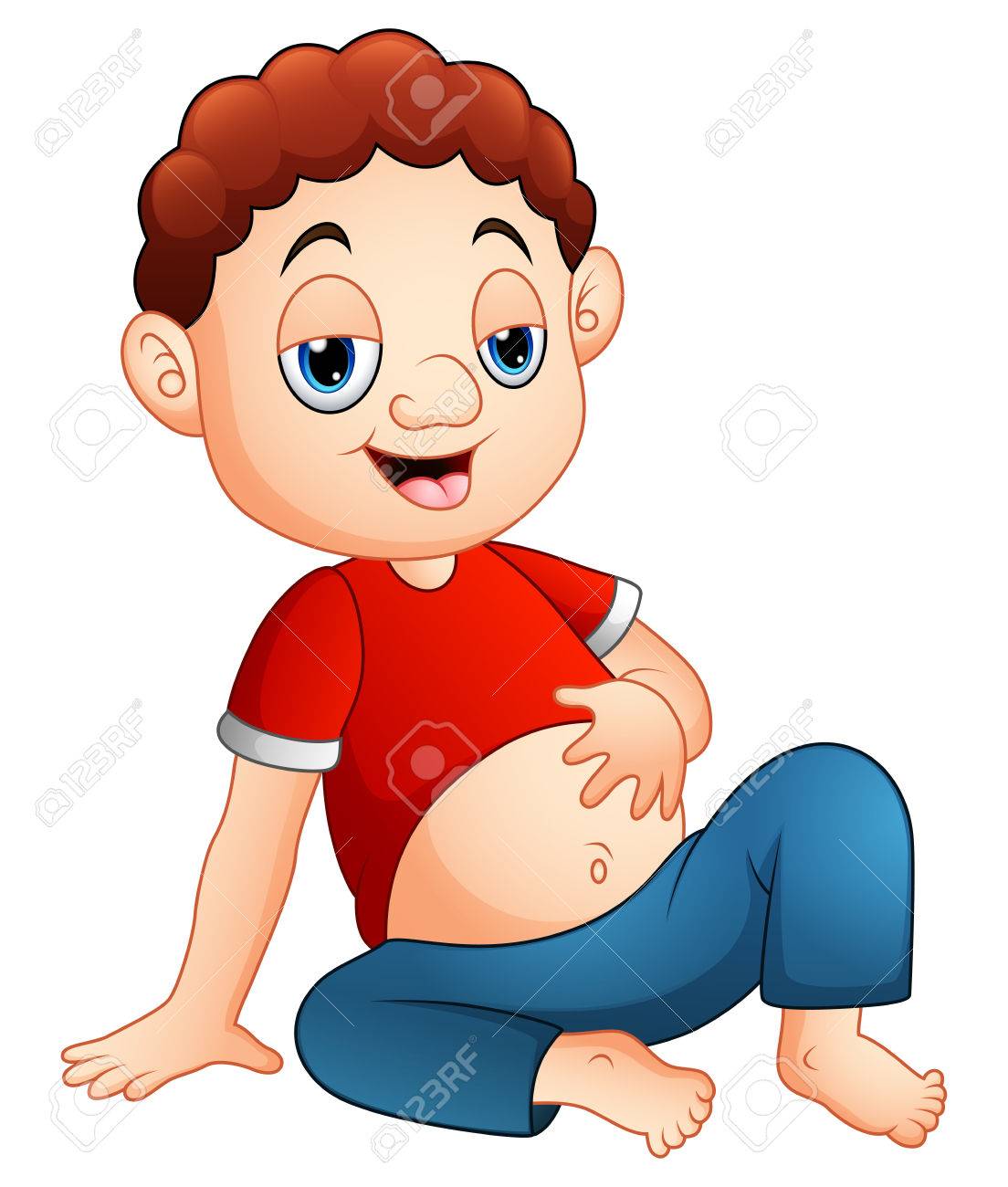This year the children have learned 100+ words. They have learned the maatraas. They have also learned to say basic sentences in the present tense.
For the next two classes we will review what we have learned. Here is a preview of the final examination:
Section 1: Reading
This will involve reading a word in Hindi, and then writing the English translation next to the word.
Your child will be shown 5 of the following words:
और (and)
घोड़ा (horse)
छोटा (small/little)
मोटा (fat)
पैर (foot)
पैसा (money)
केला (banana)
अकेला (alone)
शेर (lion)
आलू (potato)
चूहा (mouse)
पूजा (prayer)
Section 2: Writing
1) Write the following sentence in Hindi: "My name is __(your child's name) .
मेरा नाम विकास है।
2) Write the following words in Hindi (they will be given four out of the following):
We (हम)
Flower (फूल)
Foot (पैर )
And (और)
I ( मैं )
You (तुम)
Apple (सेब )
Lion ( शेर )
Thief (चोर)
Section 3: Oral
Your child will be asked to say sentences with some of the following verbs: Come (aa), Go (jaa), Sleep (so), Eat (khaa), Play (khel), Do (kar)
These are the sentence patterns that they will be asked to say. (for illustrative purposes, I will use the verb "play", but they can be asked any of the verbs listed above.
I am playing.
You are playing.
She is playing.
He is playing.
We are playing.
The king is playing.
The queen is playing.
The king is playing Nintendo.
The queen is playing Nintendo.
I am playing Nintendo
etc.
Next week I will post a video with some oral exercises.
For the next two classes we will review what we have learned. Here is a preview of the final examination:
Section 1: Reading
This will involve reading a word in Hindi, and then writing the English translation next to the word.
Your child will be shown 5 of the following words:
और (and)
घोड़ा (horse)
छोटा (small/little)
मोटा (fat)
पैर (foot)
पैसा (money)
केला (banana)
अकेला (alone)
शेर (lion)
आलू (potato)
चूहा (mouse)
पूजा (prayer)
Section 2: Writing
1) Write the following sentence in Hindi: "My name is __(your child's name) .
मेरा नाम विकास है।
2) Write the following words in Hindi (they will be given four out of the following):
We (हम)
Flower (फूल)
Foot (पैर )
And (और)
I ( मैं )
You (तुम)
Apple (सेब )
Lion ( शेर )
Thief (चोर)
Section 3: Oral
Your child will be asked to say sentences with some of the following verbs: Come (aa), Go (jaa), Sleep (so), Eat (khaa), Play (khel), Do (kar)
These are the sentence patterns that they will be asked to say. (for illustrative purposes, I will use the verb "play", but they can be asked any of the verbs listed above.
I am playing.
You are playing.
She is playing.
He is playing.
We are playing.
The king is playing.
The queen is playing.
The king is playing Nintendo.
The queen is playing Nintendo.
I am playing Nintendo
etc.
Next week I will post a video with some oral exercises.







